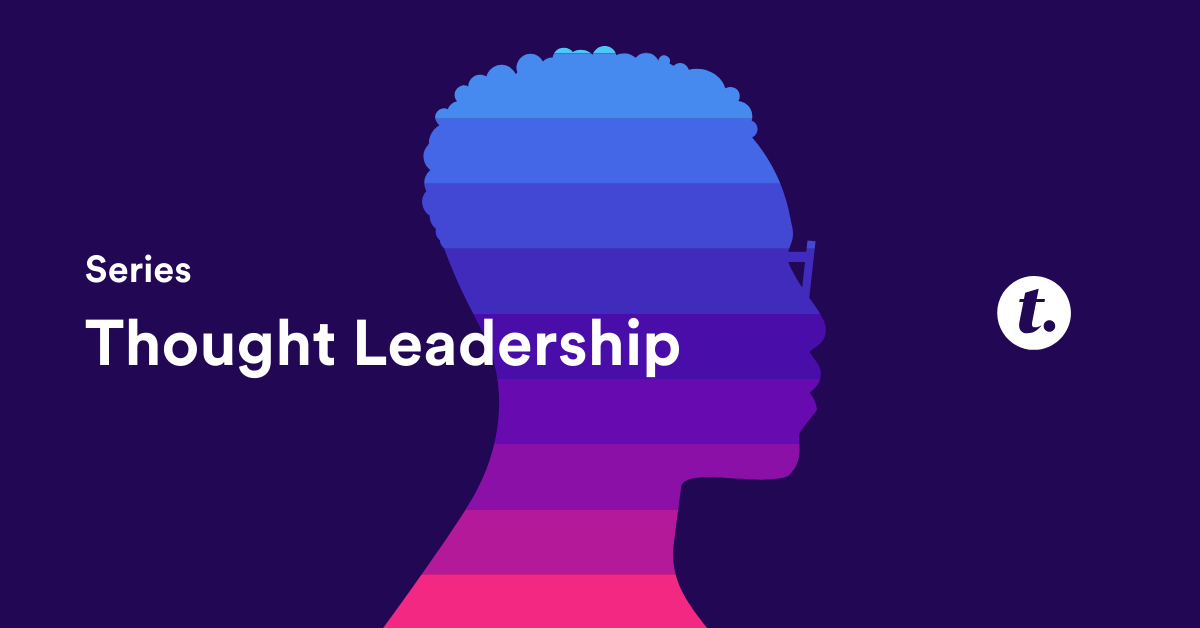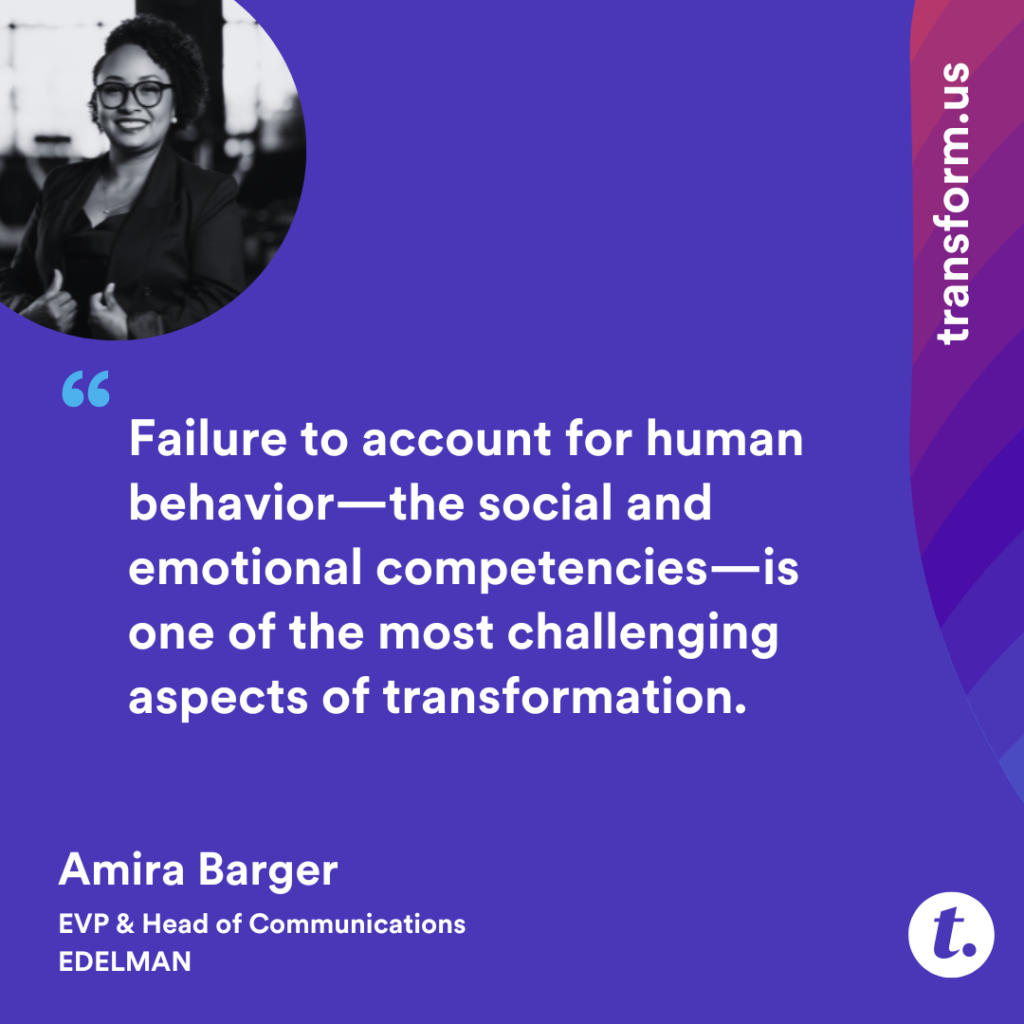
In today’s rapidly evolving corporate landscape, the roles of Chief Human Resource Officers (CHROs) and Chief Diversity Officers (CDOs) have become more crucial than ever. Since the Industrial Revolution, we’ve essentially been seen as working humans, but today’s workforce demands to be viewed and treated as whole humans. Workplaces that nurture the whole human—mind, body, and values—aren’t just a vision for the future; they’re a critical response to an emerging need. As organizations navigate complex issues such as diversity, equity, and inclusion (DEI), the relationship between HR and DEI functions can drive transformative change or result in missed opportunities. This article explores the symbiotic relationship between CHROs and CDOs, detailing their challenges, the importance of clearly defining their roles, and practical steps for business leaders to foster a successful partnership between these positions.

Defining the Roles: CHRO vs. CDO
While the roles may be symbiotic, confusion occurs when they are conflated. The CHRO function traditionally manages the employee lifecycle, including onboarding, benefits, performance management, and compliance with labor laws and regulations. The primary focus is often on upholding the institution’s needs while ensuring that employees are treated fairly and supported.
On the other hand, DEI functions, led by CDOs, focus on promoting values, behaviors, and beliefs that create an inclusive workplace where all employees can thrive. DEI initiatives aim to ensure representation across all levels of the organization, foster an environment where diverse perspectives are valued, and provide equitable opportunities for everyone, regardless of their background.
Understanding the differences between these roles is crucial for organizational success. When the roles of CHROs and CDOs are confused, it can lead to misaligned goals and responsibilities, creating inefficiencies that undermine the impact of both HR and DEI efforts. For example, while HR may be tasked with following up on discrimination complaints, DEI is concerned with addressing the broader cultural and structural changes needed to prevent such issues from occurring in the first place.

Image: Provided by Amira Barger from the original Edelman presentation, “The CHRO/CDO Distinction.”
The Case for Distinct Roles: Avoiding Conflicts of Interest
We have increasingly seen DEI roles housed under the umbrella of HR, potentially limiting their effectiveness. While CHROs and CDOs may have complementary missions at their core, their functions are distinct. One of the primary arguments for keeping DEI separate from HR is the potential for conflicts of interest. HR is traditionally tasked with mediating disputes, enforcing company policies, and ensuring compliance with labor laws. These responsibilities can sometimes conflict with DEI’s goals of challenging the status quo and driving transformative change within the organization.
For instance, while HR may focus on maintaining institutional stability by adhering to established policies and procedures, DEI is often about pushing for systemic change that may require challenging those policies. This conflict can lead to DEI initiatives being deprioritized or diluted if housed within HR.
Moreover, DEI work often examines external factors that impact the employee experience, such as societal inequalities or cultural biases. By advocating for changes that may challenge existing company practices, DEI initiatives can face resistance if perceived as conflicting with HR’s role in maintaining compliance and order.

Image: Provided by Amira Barger from the original Edelman presentation, “The CHRO/CDO Distinction”.
The Evolving Role of the CDO: Meeting New Demands
In recent years, the role of the CDO has gained significant prominence, particularly in response to the global demand for more significant equity and inclusion in the workplace. We’ve seen an evolving need and urgency for CDOs, as DEI has become a critical business, brand, and human need. However, despite this growing recognition, the CDO’s role is still often misunderstood or undervalued. Many organizations continue to silo DEI under talent management, limiting its scope and effectiveness and preventing it from influencing other critical business areas, such as operations, marketing, or customer relations. This structure prevents DEI from becoming a horizontal function that permeates how a company lives, breathes, and functions, reducing the impact of initiatives on the organizational culture and limiting its ability to drive systemic change.

Image: Provided by Amira Barger from the original Edelman presentation, “The CHRO/CDO Distinction.”
Challenges and Turnover in CDO Positions
Despite the growing recognition of DEI’s importance, CDOs’ tenure remains alarmingly short, averaging just 2.9 years compared to seven years for CEOs. This high turnover is symptomatic of the challenges CDOs face, including the pressures of driving systemic change. This situation is exacerbated by the fact that DEI roles often lack resources and are underpowered.
While many organizations have made public commitments to DEI, these commitments are often not backed by the necessary authority for the CDO to succeed. For example, CDOs reporting to HR are generally positioned two levels below the CEO, limiting their influence. Additionally, the role of the CDO is often poorly defined, with unclear expectations and responsibilities. This lack of clarity can lead to confusion and frustration as CDOs struggle to navigate their role within the broader organizational structure. Moreover, many CDOs are hired from outside the organization or even outside the industry. While this approach can bring fresh perspectives, it also means that these leaders may lack the internal support and understanding of the organizational politics needed to drive long-term change.
According to a Spencer Stuart analysis, 76% of CDO roles across Fortune 500 companies are held by women, and 44% are from historically underrepresented groups in the U.S. This demographic shift signals a positive trend toward diversity in leadership roles. However, the demand for CDOs has also revealed the challenges of attracting and retaining successful leaders in this role. Without a clear mandate and the necessary resources, CDOs may find themselves in a position where they are unable to effect meaningful change, leading to burnout and high turnover.
Addressing the Culture Challenge: Transforming the Iceberg
Cultural change is one of the most challenging aspects of any organizational transformation. Hidden assumptions, norms, and unwritten rules can hinder progress. To effectively lead cultural change, HR and DEI must work together to address the visible aspects of culture and the deeply ingrained beliefs and traditions that shape employee behavior.
The iceberg analogy is often used to explain the complexities of organizational culture. The visible part of the iceberg represents the overt aspects of culture—policies, procedures, and behaviors that are easily observed. However, the more significant, hidden part of the iceberg represents the underlying assumptions, beliefs, and values that genuinely shape the culture.
HR and DEI must address these hidden aspects of culture to drive effective cultural change. This requires a deep understanding of the organization’s history, the factors that have shaped its current culture, and the mindsets that drive employee behavior. By addressing these root causes, HR and DEI can work together to create a more inclusive and supportive culture.

Image: Provided by Amira Barger from the original Edelman presentation, “The CHRO/CDO Distinction”.
Building a Symbiotic Relationship: Steps for Success
To overcome these challenges and harness the full potential of DEI initiatives, fostering a strong, symbiotic relationship between the CHRO and the CDO is essential. Here are several steps business leaders can take:
- Clearly Define Roles and Competencies: To avoid confusion and misalignment, it’s essential to distinguish between the roles of CHROs and CDOs. This distinction will enable both functions to work together more effectively without stepping on each other’s toes.
- Advocate for CDO Independence: Position the CDO to report directly to the CEO or a senior leadership position outside of HR. This structure will empower the CDO to influence a broader range of business functions and drive systemic change across the organization.
- Create Regular Touchpoints: Regular communication between the CHRO and CDO is essential for maintaining alignment and ensuring that both functions work towards the same goals. These touchpoints also provide an opportunity to share insights, address challenges, and celebrate successes, fostering a sense of partnership and shared purpose.
- Invest in DEI Infrastructure: Allocate sufficient resources to support DEI initiatives, including dedicated staff, training programs, and technology. This investment will signal the organization’s commitment to DEI and provide the CDO with the tools needed to succeed.
- Build Better Onramps for CDOs: Given the high turnover rate among CDOs, it’s crucial to provide robust onboarding and support programs for new leaders in this role. These programs should focus on helping CDOs understand the organizational culture, build relationships with key stakeholders, and develop a clear roadmap for their first 90 days and beyond.
- Foster Organizational Receptivity: DEI initiatives can only succeed if the entire leadership team is on board and an amass of advocates at every level exists. This means fostering a culture of inclusion from the top down, with senior leaders modeling the behaviors they want to see throughout the organization. It also involves educating employees about the importance of DEI and providing them with the tools and resources they need to be active participants in these efforts.
The Path Forward: Building for Success
Looking ahead, the role of the CDO will continue to evolve as organizations recognize the critical importance of DEI. Building a strong foundation for CDOs and positioning them for long-term success is essential to ensure the success of DEI initiatives. We need to reimagine and restructure where DEI sits to empower CDOs. This helps us recognize DEI as something that transcends the operational and compliance parameters of traditional HR and as a lens that can inform any operating unit and its teams in creating a safe and joyful workplace.
Ultimately, the goal is to create a workplace where DEI is not an isolated function but a core component of the company’s strategy and operations. Transformations typically fail or underperform because strategic plans too often only consider the business case—the financial, legal, and operational considerations—and too little on the human factor—they think, feel, and do elements. Failure to account for human behavior—the social and emotional competencies—is one of the most challenging aspects of transformation.
For example, consider a case where a company attempts to improve customer service by reengineering processes to increase customer-facing time. However, the change is unlikely to succeed if employees feel uncomfortable in customer interactions due to poor interpersonal skills or other underlying issues. The organization can achieve more sustainable and meaningful change by addressing these root causes—perhaps through training in emotional intelligence or reshaping employees’ perceptions of their roles.
Edelman’s DEI Advisory practice applies behavioral science to help companies achieve desired results, such as solving retention challenges, socializing a clear and purpose-forward brand identity, or effectively approaching values-driven customers and multicultural audiences. Identifying the behaviors that create cohesion, alignment, and engagement will help us achieve sustainable transformation.
Furthermore, it’s crucial to invest in the continuous development of CDOs. This includes providing opportunities for ongoing education, access to cutting-edge tools and resources, and building relationships with other DEI leaders. By investing in the development of CDOs, organizations can ensure that their DEI efforts remain dynamic, innovative, and impactful to meet today’s challenges and prepare for those of tomorrow.


Image: Provided by Amira Barger from the original Edelman presentation, “The CHRO/CDO Distinction.”
Imagining a Future-Ready Organization
As organizations navigate the complexities of the modern business environment, the relationship between CHROs and CDOs will be critical in shaping a future-ready workforce. By clearly defining roles, advocating for CDO independence, and fostering collaboration, business leaders can ensure that DEI initiatives are successful and that their organizations are truly inclusive.
The journey toward creating a workplace that values diversity, equity, and inclusion is ongoing. However, with the right structures and partnerships, organizations can make significant strides in building cultures where all employees feel valued and empowered to contribute to their fullest potential. By embracing this symbiotic relationship between HR and DEI, companies can meet the demands of today’s workforce and build a foundation for long-term success.
The time is now for organizations to examine how they structure and support their DEI initiatives. By positioning CDOs for success, fostering collaboration between HR and DEI, and investing in the resources necessary to drive change, business leaders can create workplaces that are not only diverse and inclusive but also truly equitable and empowering for all employees. The future of work depends on it.

About The Author
Amira K.S. Barger, MBA, CVA, CFRE is the EVP and Head of DEI Communications at Edelman. She is a strategic communications & marketing counselor working at the nexus of health equity, DEI, and employee engagement to aid organizations in addressing society’s most pressing public issues. Hear Amira speak at Transform 2025!
Read more from Amira Barger: The Symbiotic Relationship Between Chief Human Resource Officers and Chief Diversity Officers: A Guide for Business Leaders
Join us in engaging conversations and community as we transform the now and next of work, together at Transform 2025.
